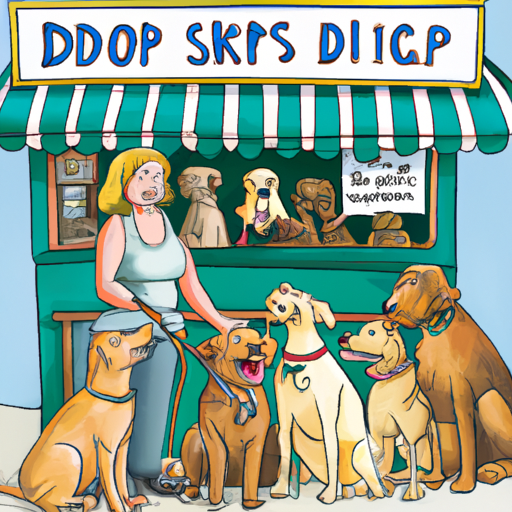Step 1: Know Your Dogs
When you’re getting ready to sell dogs, it’s absolutely essential that you know your dogs. Understand the breeds you’re dealing with, their temperaments, and their specific needs.
- Be aware of the breed’s characteristics:
- Size: Will they grow to be large, medium, or small-sized dogs?
- Temperament: Are they energetic or laid back? Are they good with kids?
- Health Issues: Are there common health problems with this breed?
- Lifespan: What is the typical lifespan of this breed?
Step 2: Prepare the Dogs for Sale
Now that you know your dogs, it’s time to prepare them for sale. This goes beyond just grooming – though a clean, well-groomed dog is certainly more appealing.
- Health Checkups: Regular vet visits are crucial. Prospective owners will want to know the puppy is healthy.
- Training: Basic training can make a dog more appealing to potential buyers.
- Socialization: Dogs that are well socialized are often better behaved and more comfortable around people and other animals.
Step 3: Set a Fair Price
Setting a fair price for your dogs is a delicate balance. You don’t want to undervalue your dogs, but you also don’t want to overprice them and discourage potential buyers.
| Breed Type | Average Price |
|---|---|
| Small Breed | $500 – $1000 |
| Medium Breed | $700 – $1500 |
| Large Breed | $1000 – $2000 |
Step 4: Advertise Wisely
Visibility is key when it comes to selling dogs. Here’s how you can gain more visibility:
- Online platforms: Websites like Craigslist or local pet sale groups on social media
- Pet stores: Some pet stores have bulletin boards where you can post ads
- Word of Mouth: Tell your friends, family, and acquaintances about your dogs
Step 5: Meet Potential Buyers
Not every person who wants to buy a dog should. As a responsible seller, it’s your job to ensure your dogs are going to a good home. Ask questions about their lifestyle, their home, and their plan for taking care of the dog.
FAQs
Q1: What should I include in the dog’s advertisement?
A1: Include photos, breed, age, temperament, and any special needs or health issues.
Q2: How can I ensure the dog is going to a good home?
A2: Ask potential buyers about their lifestyle, their home, and how they plan to care for the dog.
Q3: How can I prevent being scammed?
A3: Always meet buyers in person and don’t accept checks or money orders.
Q4: Should I offer a return policy?
A4: Yes, offering a return policy shows you care about the dog’s wellbeing.
Q5: What if I can’t sell all the dogs?
A5: Consider reaching out to local shelters or rescue organizations for help.



